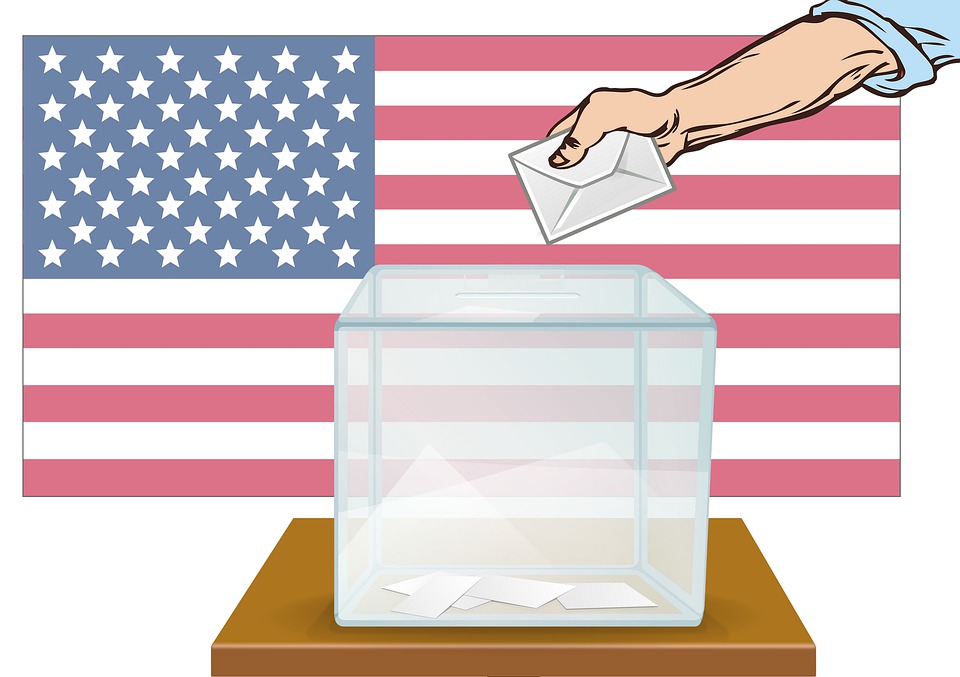Improve Your IQ, Subscribe to Suvipra’s Newsletter
The United States presidential elections are due this year and candidates from the two leading parties of the country – Democratic and Republican – are looking forward to winning the presidency.First things first. The United States is the most powerful country in the world with the distinction of being the largest economy. The country possesses nuclear and other sophisticated weapons and has a dominant say in most of the multilateral organisations, including the World Bank and International Monetary Fund. The US Dollar is the world’s most traded currency and from crude oil to other critical goods, all are valued in dollar. This apparently makes the person winning the presidency the most powerful person in the world. More so, because the US grants wide executive powers to the President to take decisions, unlike India and the UK where Parliament nod is compulsory for legislative matters.
The manner in which the head of the government of the United States is elected is different from the way how the head of the government of India or other countries having a parliament is elected. While in India, there is no direct election for the office of the Prime Minister (the head of the government), in the US direct elections are held for the President’s office. In India, the party with majority in the lower house, the Lok Sabha, decides its leader, who is then sworn in as the Prime Minister by the President of India. By contrast, the President of the United States, also sometimes referred to as POTUS, is directly elected and has a fixed tenure of 4 years. Let’s know more how the elections are conducted.
Two main parties in the US
Although there is no restriction imposed by law on forming a new political party, the Democratic and Republican parties are the two key parties in the country. The US President comes from either of the party. For example, the current president, Donald Trump, belongs to the Republican Party, while the former President, Barack Obama, who served for two consecutive terms from 2009 to 2017, belonged to the Democratic Party. While the Democrats are more lenient towards some issues like immigration and same sex marriage and abortion, the Republicans are more inclined towards regulating all these matters, and hence represent the conservative side.
How is the President of Unites States elected?
Step 1 – Primary Elections and Caucuses
Unlike in India, the candidates from same parties in the US compete against each other in primary and caucus.Two frontrunners from the Democratic Party were Bernie Sanders and Joe Biden. Now that Sanders has suspended his campaign on 8 April 2020, Biden has become the presumptive nominee from the party.On the other hand, since the Republican Party already has a winning candidate in 2016, he is most likely not to face any challenge from within his own party. The candidate from the Democratic Party who emerges victorious in primary elections will directly run against Trump.
In a primary, party members vote so that the number of votes can ascertain the number of delegates each candidate is awarded. A caucus is held where primaries aren’t. Most US states now use primaries as a way to pick party nominees for elections. However, 6 states still use the caucus system. The only difference here is that in all caucuses anyone who is a party member and registered to vote can participate. Primaries, however, can be open or closed. In the former, any registered voter, whether a member of party or not, can vote; however, in the latter, members alone can vote. Moreover, in caucuses a meeting is held by voters for the nomination process, which isn’t done in primaries.
Step 2 – National Conventions
Once primaries and caucuses are done, the formal nomination of the party’s candidate for US general elections is done in the national convention. This is held by parties on a pre-determined date. Due to the ongoing coronavirus crisis, the Democratic Party national convention, which was earlier due to be held in the month of July 2020, has been postponed to August. In the national convention, the delegates elected during primaries and caucuses pick the final nominee. The candidate receiving the highest number of delegates’ votes becomes the US Presidential candidate from that party.
Step 3 – Electoral College
When one says that the US President is voted in power through direct election, it doesn’t mean that the voters directly vote for the Presidential candidate. Instead, what happens is that the general voters in the 50 states of the US vote for the members of the Electoral College, also called electors. There are 538 members and each state has a set number of members depending on the population of the state. The members of the Electoral College are the ones who directly vote in the Presidential election. This means that any candidate, who secures more than 270 elector votes, becomes the President. In simple terms, each state has a set number of electors. When one presidential candidate wins from one state, it means that he/ she has secured votes of all electors from that state.
Step 4 – The president and Vice-President are elected
While the popular vote by general voters is for electors, we must know that these electors are already subscribed to either the Republican or Democratic Party. And hence, when people cast their votes, they know that there vote will decide which of the Presidential candidate wins since the elector who wins will always vote for the party’s own Presidential candidate. Last but important thing to note is that any person interested in becoming the President should be a natural born citizen and must have attained the age of 35 years and been the resident of the US for 14 years.
Also read: COVID-19 Myths Are Exacerbating the Pain – Time to Bust Them
Suvipra aggregates essential blogs in one place for enhancing general awareness and intellect of the readers. Read to Succeed.
Reach a wider audience for free!
To get your blog published on Suvipra.com, click Submit Your Blog
Increase the number of clicks to your own website for free!
To submit the link to the blog on your website, click Submit your Blog Link


























